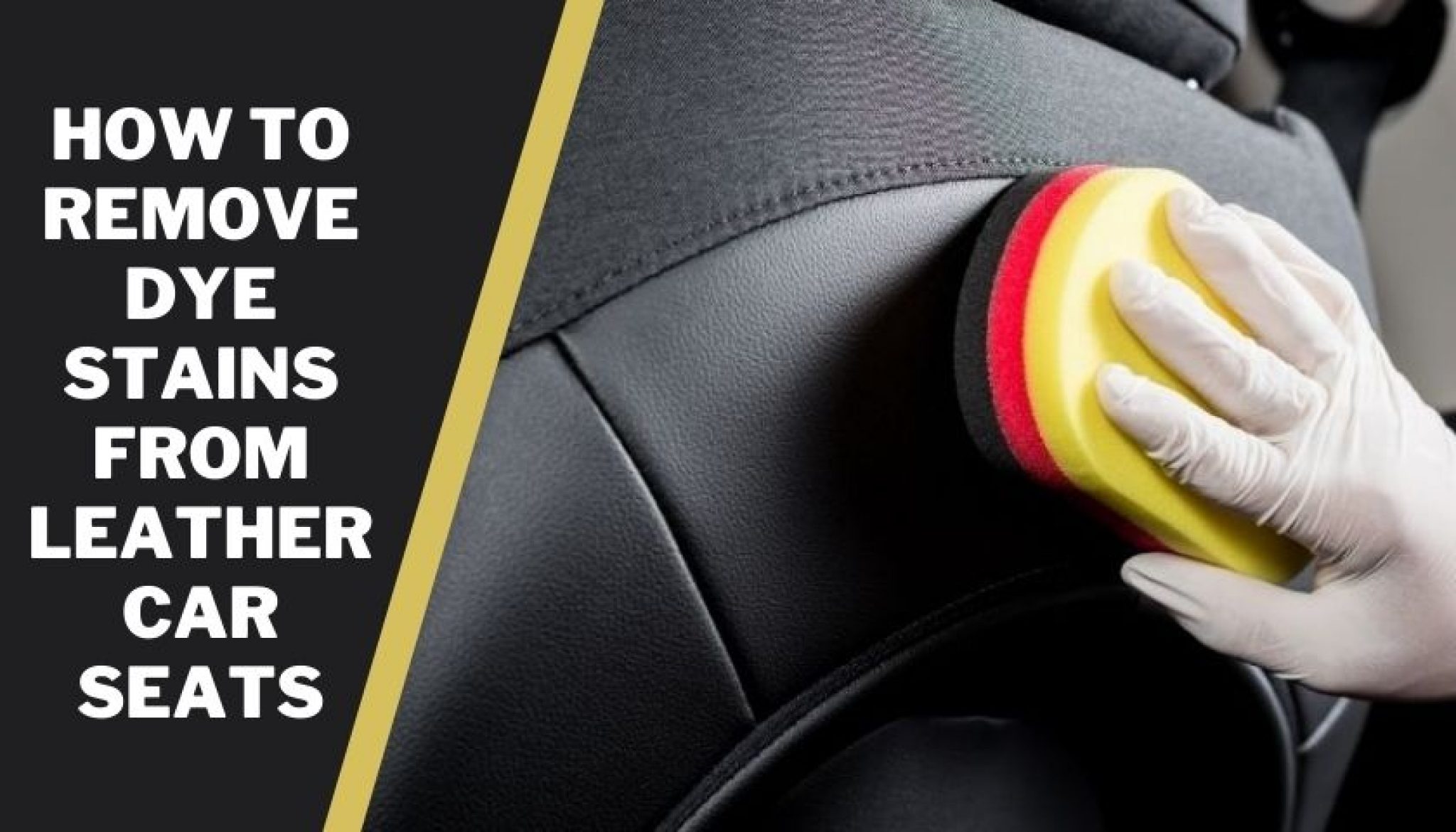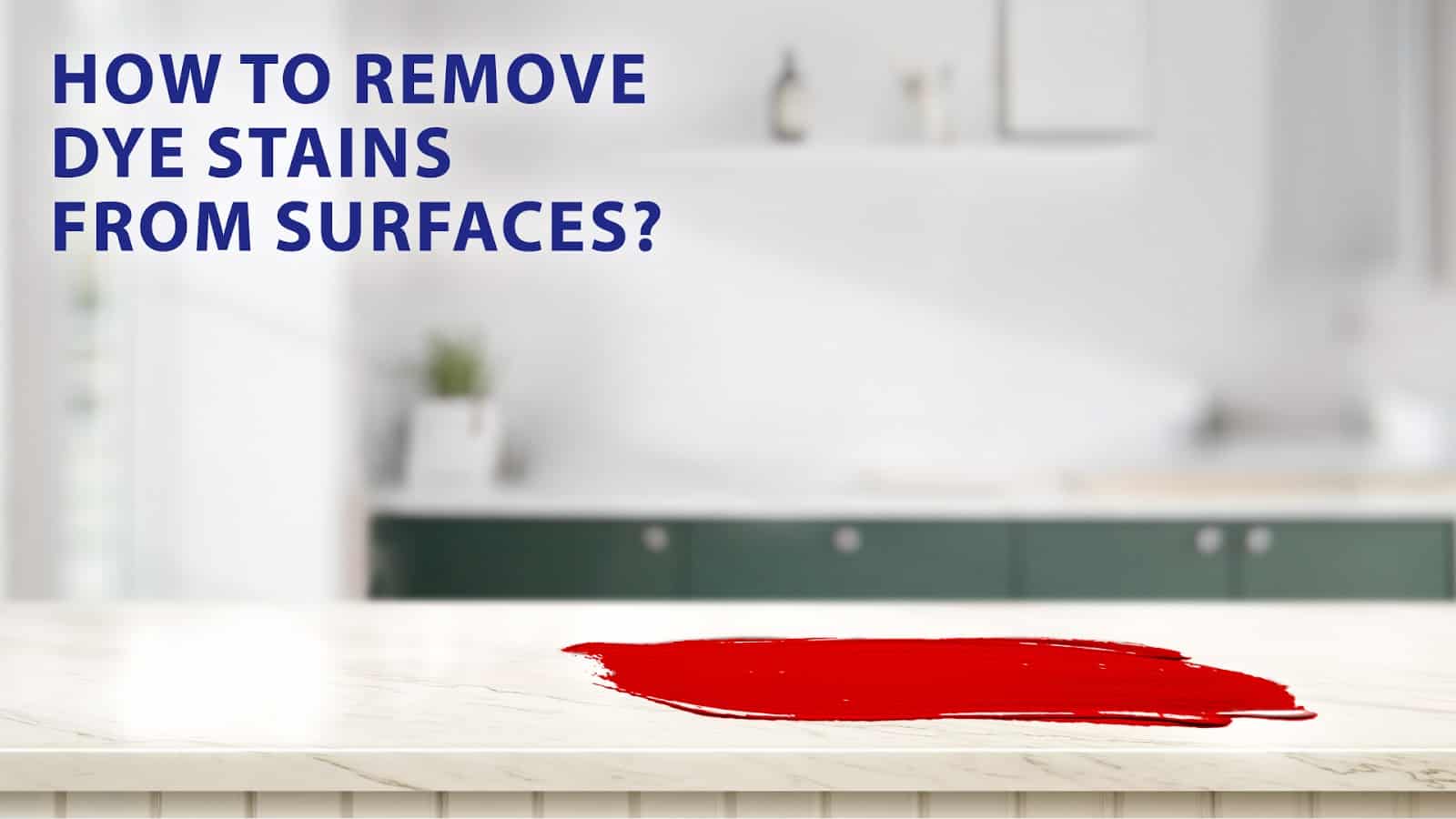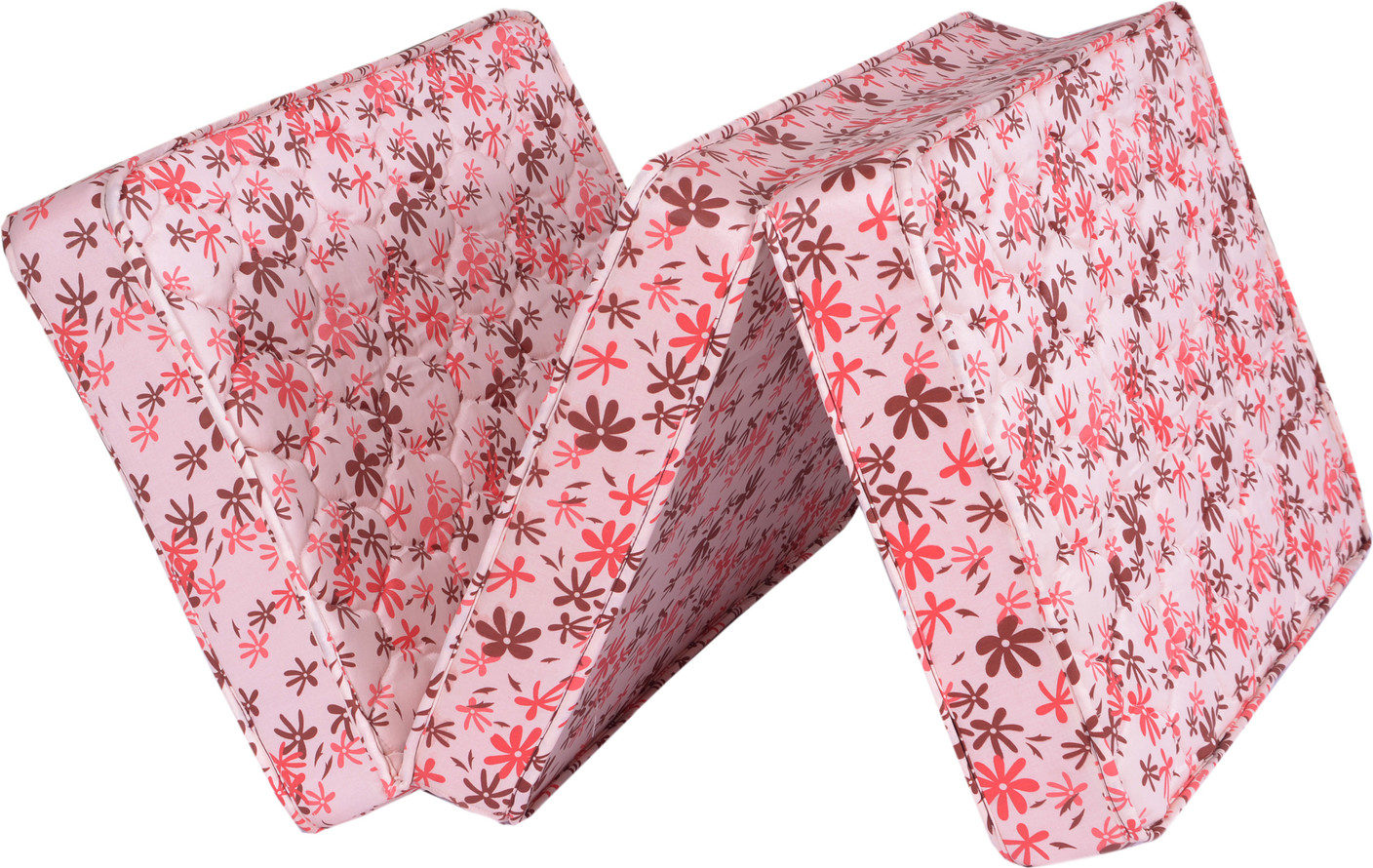Rit Dye is a popular and versatile fabric dye that can be used for a variety of projects. From tie-dyeing t-shirts to coloring curtains, there are endless possibilities with Rit Dye. However, one concern that many people have when using this dye is whether it will stain their bathroom sink. After all, the last thing you want is a colorful and permanent reminder of your dyeing adventures every time you use the sink. In this article, we will discuss whether Rit Dye will stain your sink, how to remove any stains that may occur, and how to prevent them from happening in the first place. Rit Dye: Will it Stain My Sink?
If you have already used Rit Dye and noticed some stains in your bathroom sink, don't panic. There are ways to remove these stains and get your sink looking clean and pristine again. Here are some steps you can follow: Step 1: Start by rinsing the sink with hot water to loosen any excess dye. If the stain is fresh, this may be enough to remove it completely. Step 2: If the stain persists, try using a mild household cleaner and scrubbing it with a soft sponge or cloth. You can also use a mixture of baking soda and water for a more natural cleaning solution. Step 3: For tougher stains, you may need to use a bleach-based cleaner. Be sure to follow the instructions on the product carefully and use gloves to protect your hands. Step 4: If the above methods are not successful, you can try using a Magic Eraser or a pumice stone to gently scrub the stain. Be careful not to damage the surface of your sink. Step 5: Rinse the sink thoroughly with hot water and dry it with a clean cloth. If there are still some faint stains, you can try repeating the cleaning process or using a specialized porcelain stain remover. How to Remove Rit Dye Stains from a Bathroom Sink
While it may take some effort to remove Rit Dye stains from your sink, it's always better to prevent them from happening in the first place. Here are some tips to help you keep your sink stain-free: 1. Protect the Sink: The best way to prevent stains is to protect your sink from getting in contact with the dye. Cover the sink with a plastic sheet or an old towel before starting your dyeing project. This will also make cleanup easier. 2. Clean Up Spills Immediately: Accidents can happen, and if you do spill some dye on your sink, make sure to clean it up right away. The longer the dye sits, the harder it will be to remove. 3. Use a Dedicated Sink: If you are a frequent user of Rit Dye, consider using a separate sink for your dyeing projects. This will eliminate the risk of staining your main bathroom sink. 4. Wear Gloves: When handling the dye, make sure to wear gloves to protect your hands and prevent any accidental spills or splashes in the sink. Preventing Rit Dye Stains in Your Bathroom Sink
Aside from Rit Dye stains, bathroom sinks can also become stained from other products such as toothpaste, makeup, and soap scum. Here are some general tips for keeping your sink clean and stain-free: 1. Clean Regularly: The best way to prevent stains is to clean your sink regularly. Wipe it down after each use and give it a deep clean at least once a week. 2. Use Appropriate Cleaners: Different types of sinks may require different cleaning products. Be sure to use a cleaner that is safe for your specific sink material. 3. Avoid Harsh Scrubbing: Harsh scrubbing can scratch and damage your sink's surface, making it more susceptible to stains. Use gentle cleaning techniques and avoid abrasive cleaners. 4. Use Natural Solutions: If you prefer to use natural cleaners, there are several options that can effectively clean and disinfect your sink. These include vinegar, baking soda, and essential oils. How to Clean a Stained Bathroom Sink
Porcelain sinks are a popular choice for bathrooms due to their durability and classic appearance. However, they can also be prone to staining. Here are some tips for removing dye stains from a porcelain sink: 1. Avoid Abrasive Cleaners: Porcelain sinks are delicate and can easily get scratched by harsh cleaners or scrubbing tools. Stick to gentle cleaning methods and avoid using abrasive products. 2. Use a Bleach Solution: For tough stains, mix equal parts of bleach and water in a spray bottle and spray it onto the stain. Let it sit for a few minutes before scrubbing with a soft cloth or sponge. 3. Try Hydrogen Peroxide: Another solution that can be effective for removing dye stains from porcelain is hydrogen peroxide. Apply it to the stain and let it sit for a few minutes before wiping it away. Removing Dye Stains from Porcelain Sinks
Rit Dye can also stain other surfaces in your bathroom, such as countertops, floors, and walls. Here are some tips for removing dye stains from these surfaces: 1. Use Bleach: Bleach can be effective for removing dye stains from hard surfaces. Mix equal parts of bleach and water and apply it to the stain, then scrub with a soft cloth or sponge. 2. Try a Magic Eraser: Magic Erasers can work wonders on tough stains, including dye stains. Wet the sponge and gently scrub the stain until it disappears. 3. Use a Stain Remover: There are many specialized stain removers on the market that can effectively remove dye stains from various surfaces. Be sure to follow the instructions on the product carefully. Tips for Removing Dye Stains from Bathroom Surfaces
Preventing Rit Dye stains in your bathroom sink may seem like a daunting task, but with a few simple precautions, you can keep your sink looking clean and new. Here are some tips to help you protect your sink: 1. Use a Dye Barrier: Before starting your dyeing project, lay down a dye barrier such as plastic sheeting or an old towel to protect your sink from any spills or splashes. 2. Rinse Before Dyeing: If you are dyeing an item in your sink, make sure to rinse it thoroughly before placing it in the sink. This will help prevent any excess dye from getting onto your sink. 3. Cover the Drain: When dyeing in your sink, cover the drain with a piece of cloth or paper towel to catch any loose dye particles. This will also make cleanup easier. 4. Clean Up Immediately: As mentioned earlier, it's essential to clean up any spills or splashes right away to prevent stains from setting in. How to Protect Your Bathroom Sink from Dye Stains
The best way to clean a stained bathroom sink will depend on the type of stain and the material of your sink. However, here are some general tips to help you tackle any stain: 1. Use Hot Water: Hot water can be effective for loosening and removing stains. Rinse your sink with hot water before attempting to clean the stain. 2. Start with Gentle Cleaners: Try using a mild household cleaner or natural solution first before moving on to harsher products. 3. Test on a Small Area: Before using a new cleaning product on your entire sink, test it on a small, inconspicuous area first to make sure it doesn't damage the surface. 4. Be Patient: Some stains may require multiple cleaning attempts before they completely disappear. Be patient and persistent. The Best Way to Clean a Stained Bathroom Sink
White sinks can be particularly prone to staining, as any color will show up easily on the bright surface. Here are some tips for removing dye stains from a white sink: 1. Use a Magic Eraser: Magic Erasers work well on white surfaces and can effectively remove tough stains. Wet the sponge and gently scrub the stain until it disappears. 2. Try a Baking Soda Paste: Mix baking soda with water to create a paste and apply it to the stain. Let it sit for a few minutes before gently scrubbing and rinsing. 3. Consider Professional Help: If the stain persists, you may need to seek professional help. A professional cleaner will have the right tools and products to remove the stain without damaging your sink. How to Remove Dye Stains from a White Sink
Despite your best efforts, it's still possible for Rit Dye to stain your bathroom sink. If this happens, don't panic. Follow the steps outlined in this article to remove the stain, and remember to take preventative measures in the future to avoid any further staining. In conclusion, Rit Dye can potentially stain your bathroom sink, but with the proper precautions and cleaning techniques, you can prevent and remove any stains. Keep these tips in mind and continue to enjoy all the colorful possibilities that Rit Dye has to offer. What to Do if Rit Dye Stains Your Bathroom Sink
Will Rit Dye Stain My Bathroom Sink?
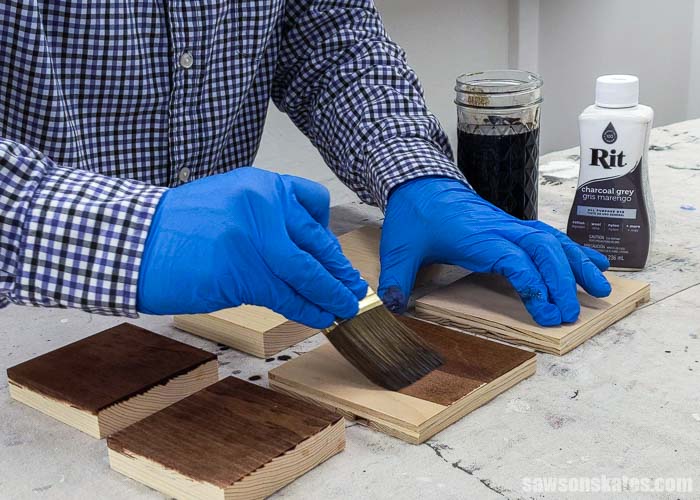
A Common Concern for House Design Enthusiasts
 If you're someone who loves to experiment with different house design techniques, then you've probably come across Rit Dye. This popular dye brand offers a wide range of colors and is commonly used to give new life to old clothing or home decor items. However, one question that often arises is whether Rit Dye will stain bathroom sinks.
Rit Dye
is a powdered fabric dye that requires hot water to activate and penetrate the fabric. This means that the dye has the potential to stain other surfaces, such as your bathroom sink, if not used properly. However, there are a few steps you can take to ensure that your bathroom sink stays stain-free while using Rit Dye.
First and foremost,
protect your bathroom sink by covering it with a plastic drop cloth
. This will prevent any accidental splashes or spills from coming into contact with the sink surface. Additionally, make sure to
wear protective gloves
while working with Rit Dye to avoid any contact with your skin.
Another important factor to consider is the type of sink material you have. While Rit Dye is not known to stain porcelain or stainless steel, it may cause discoloration on other materials such as
marble or granite
. If you have a sink made of these materials, it's best to avoid using Rit Dye altogether or test a small, inconspicuous area first.
Moreover,
proper clean-up is crucial
to prevent any stains from setting in. As soon as you're finished dyeing, make sure to
thoroughly rinse the sink with hot water and soap
to remove any dye residue. You can also use a mild cleaning solution, such as baking soda and water, to further ensure that your sink stays stain-free.
In conclusion, while Rit Dye has the potential to stain bathroom sinks, it can be easily avoided by taking the necessary precautions and properly cleaning up afterwards. By following these simple steps, you can confidently use Rit Dye to add a pop of color to your clothing or home decor without worrying about staining your bathroom sink.
If you're someone who loves to experiment with different house design techniques, then you've probably come across Rit Dye. This popular dye brand offers a wide range of colors and is commonly used to give new life to old clothing or home decor items. However, one question that often arises is whether Rit Dye will stain bathroom sinks.
Rit Dye
is a powdered fabric dye that requires hot water to activate and penetrate the fabric. This means that the dye has the potential to stain other surfaces, such as your bathroom sink, if not used properly. However, there are a few steps you can take to ensure that your bathroom sink stays stain-free while using Rit Dye.
First and foremost,
protect your bathroom sink by covering it with a plastic drop cloth
. This will prevent any accidental splashes or spills from coming into contact with the sink surface. Additionally, make sure to
wear protective gloves
while working with Rit Dye to avoid any contact with your skin.
Another important factor to consider is the type of sink material you have. While Rit Dye is not known to stain porcelain or stainless steel, it may cause discoloration on other materials such as
marble or granite
. If you have a sink made of these materials, it's best to avoid using Rit Dye altogether or test a small, inconspicuous area first.
Moreover,
proper clean-up is crucial
to prevent any stains from setting in. As soon as you're finished dyeing, make sure to
thoroughly rinse the sink with hot water and soap
to remove any dye residue. You can also use a mild cleaning solution, such as baking soda and water, to further ensure that your sink stays stain-free.
In conclusion, while Rit Dye has the potential to stain bathroom sinks, it can be easily avoided by taking the necessary precautions and properly cleaning up afterwards. By following these simple steps, you can confidently use Rit Dye to add a pop of color to your clothing or home decor without worrying about staining your bathroom sink.





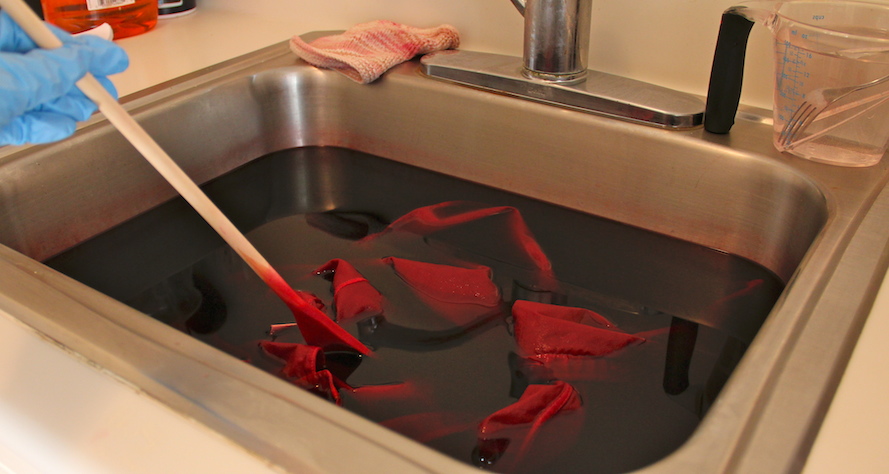




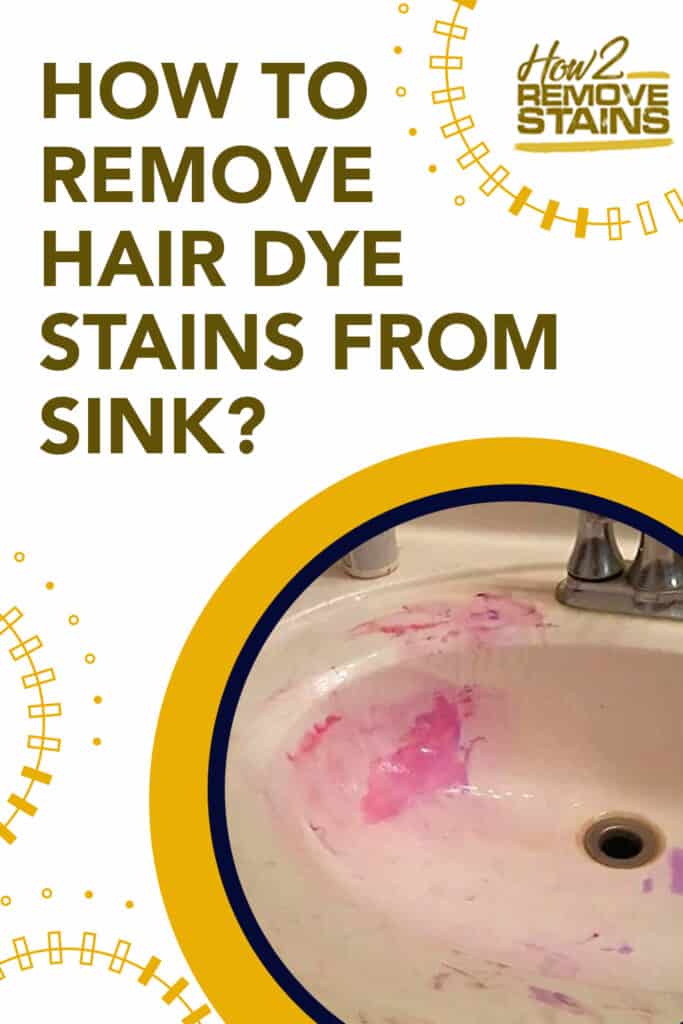


:max_bytes(150000):strip_icc()/remove-dye-transfer-stains-2146658_05-5fd991ab105f466e8e8d3386c70f4989.jpg)


















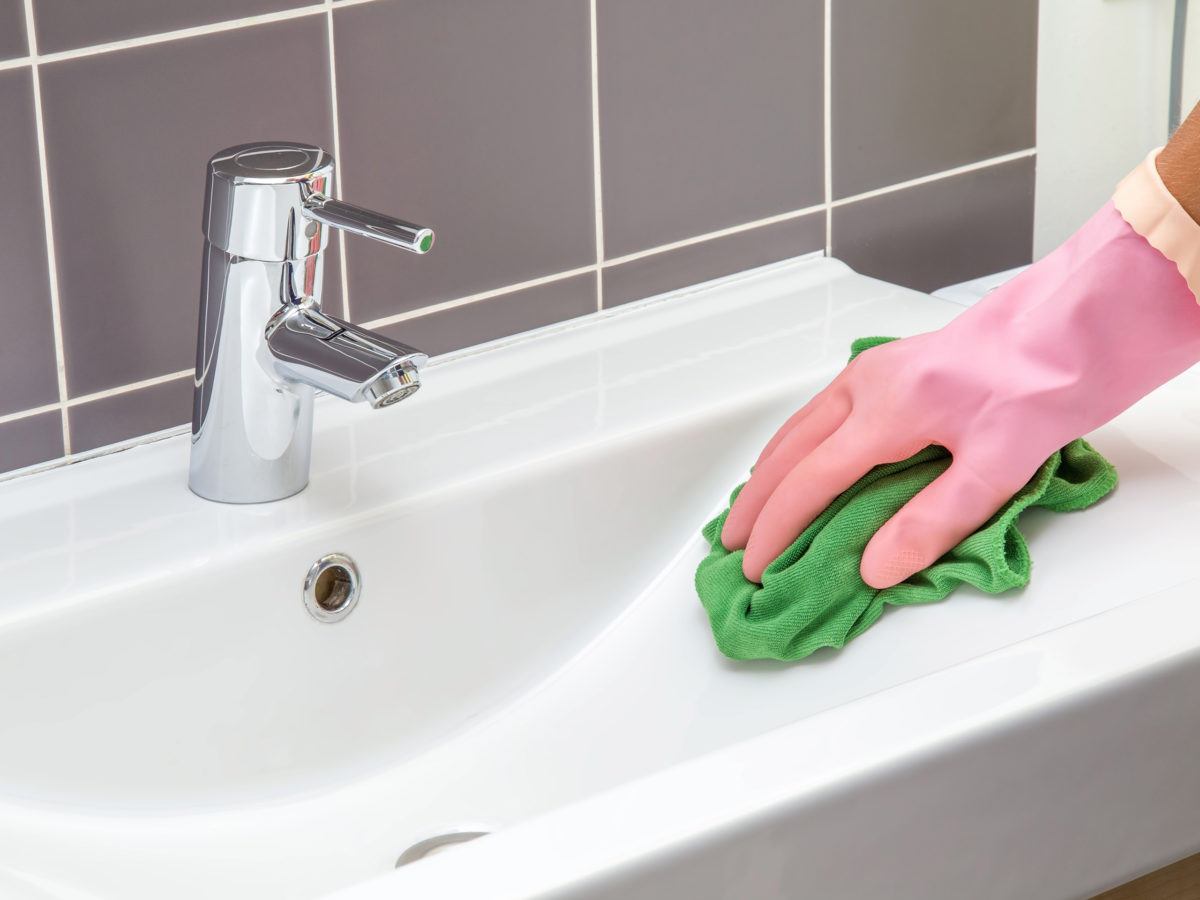
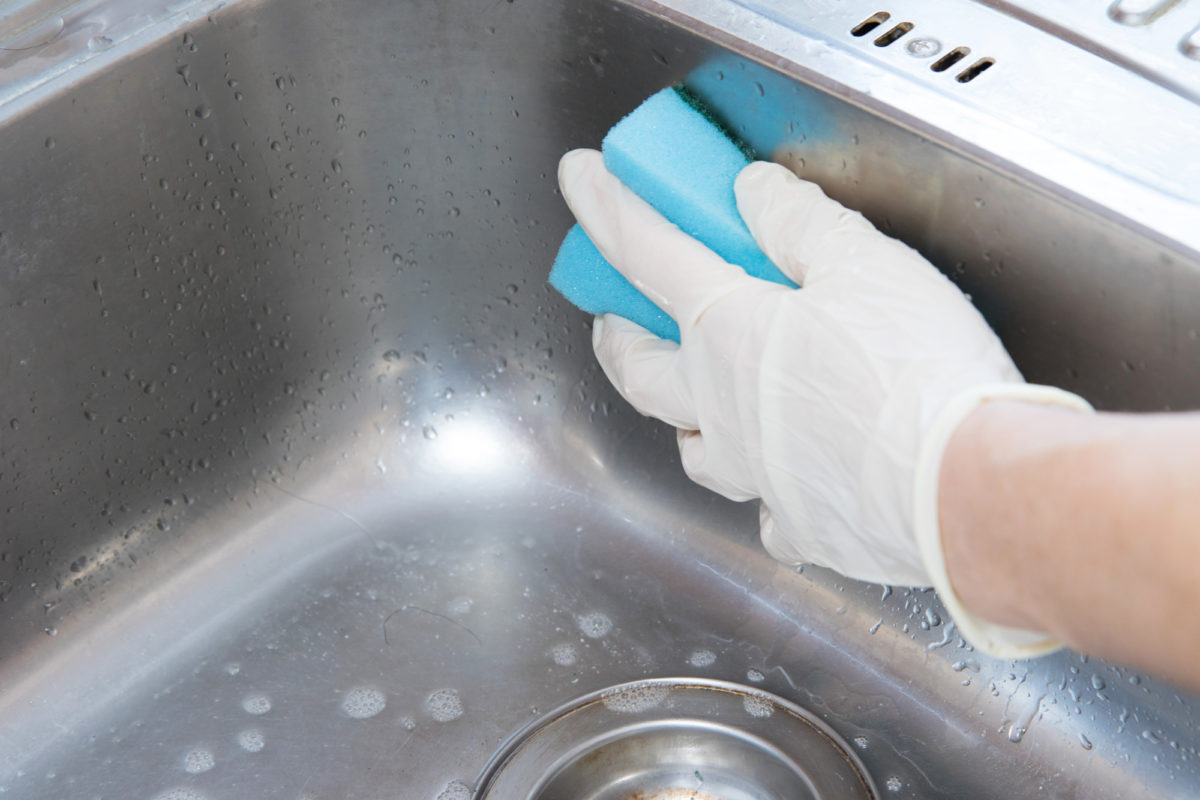
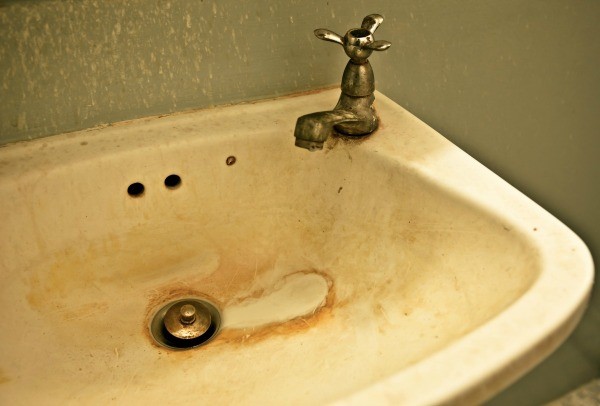


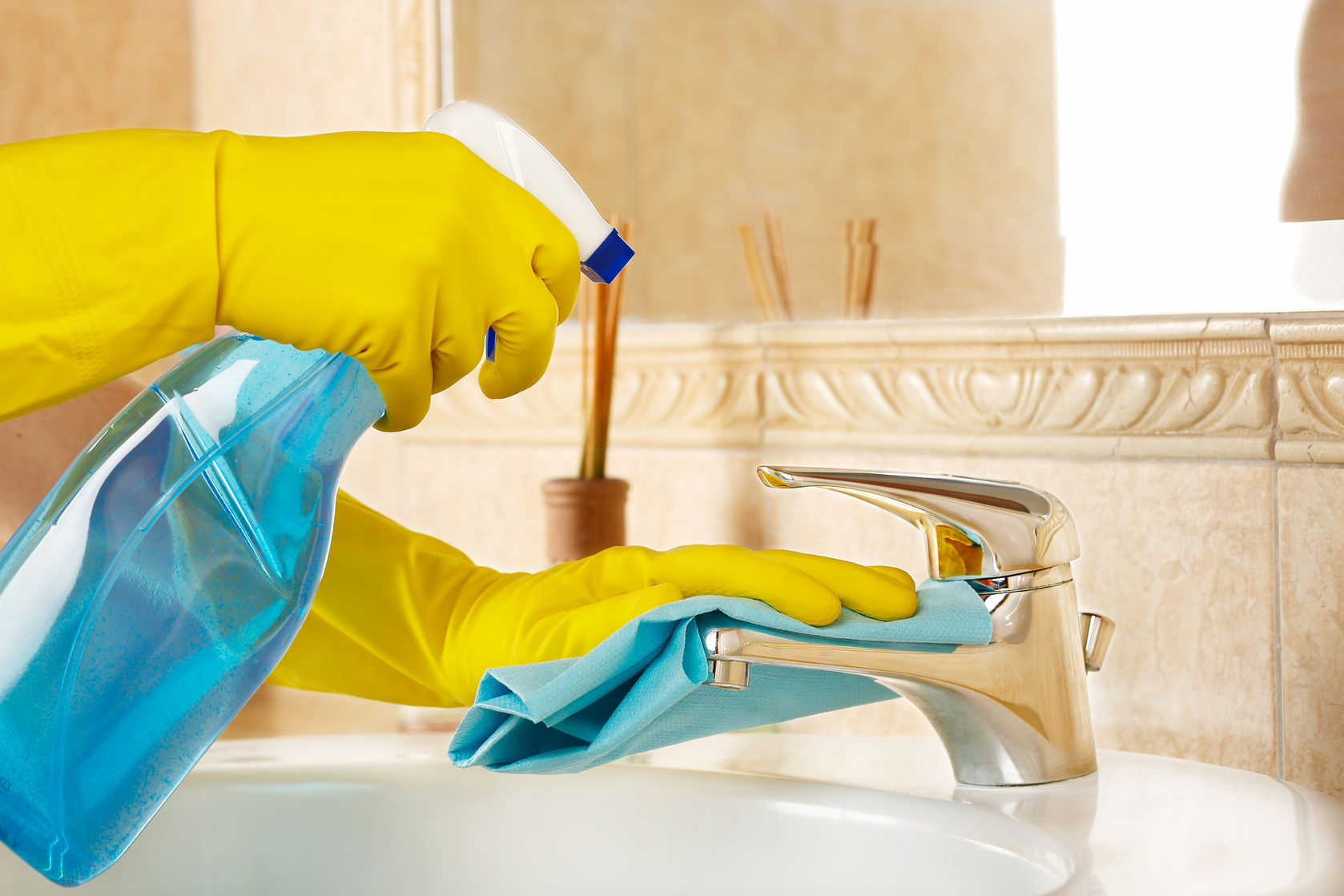

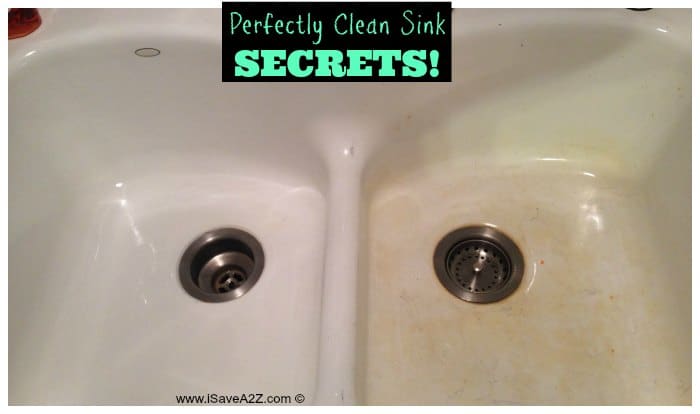












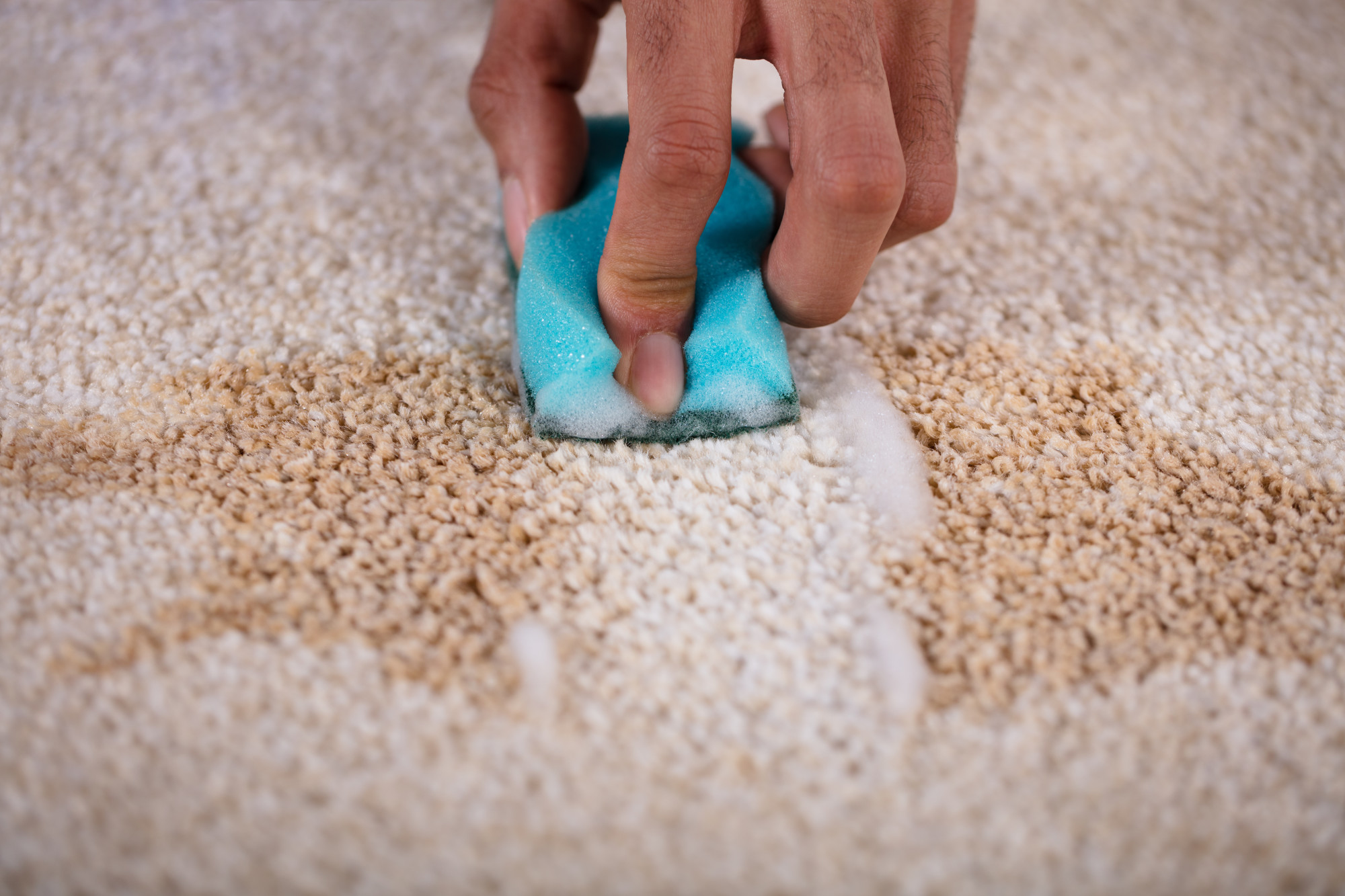











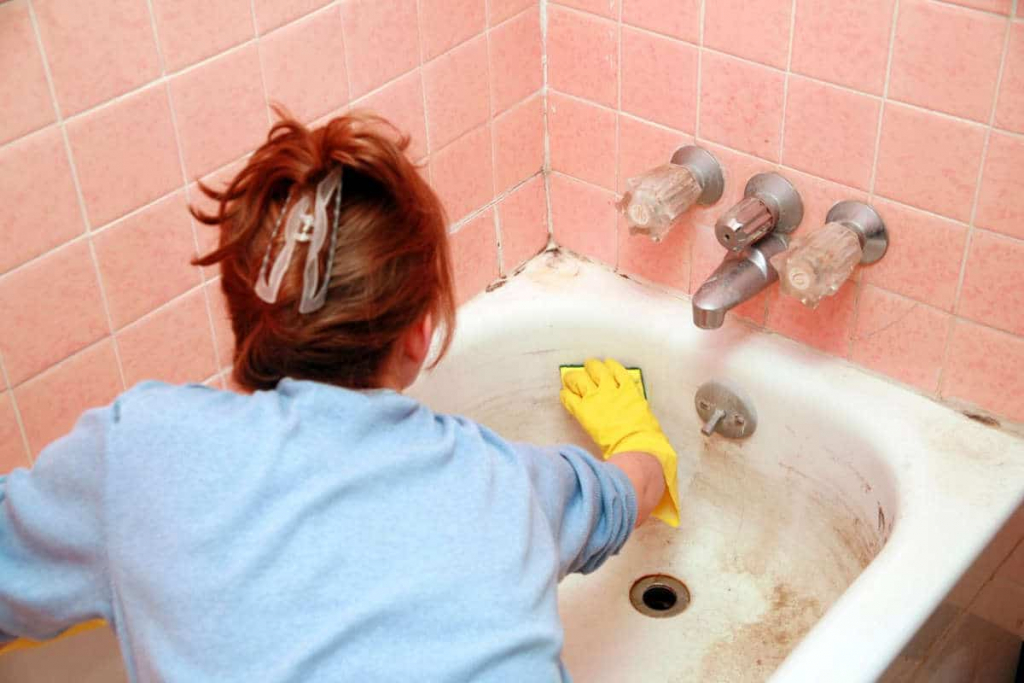
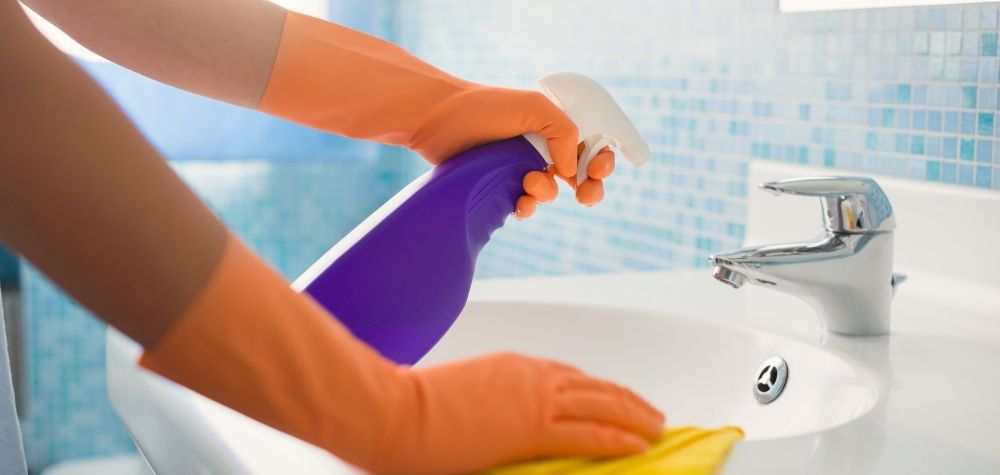






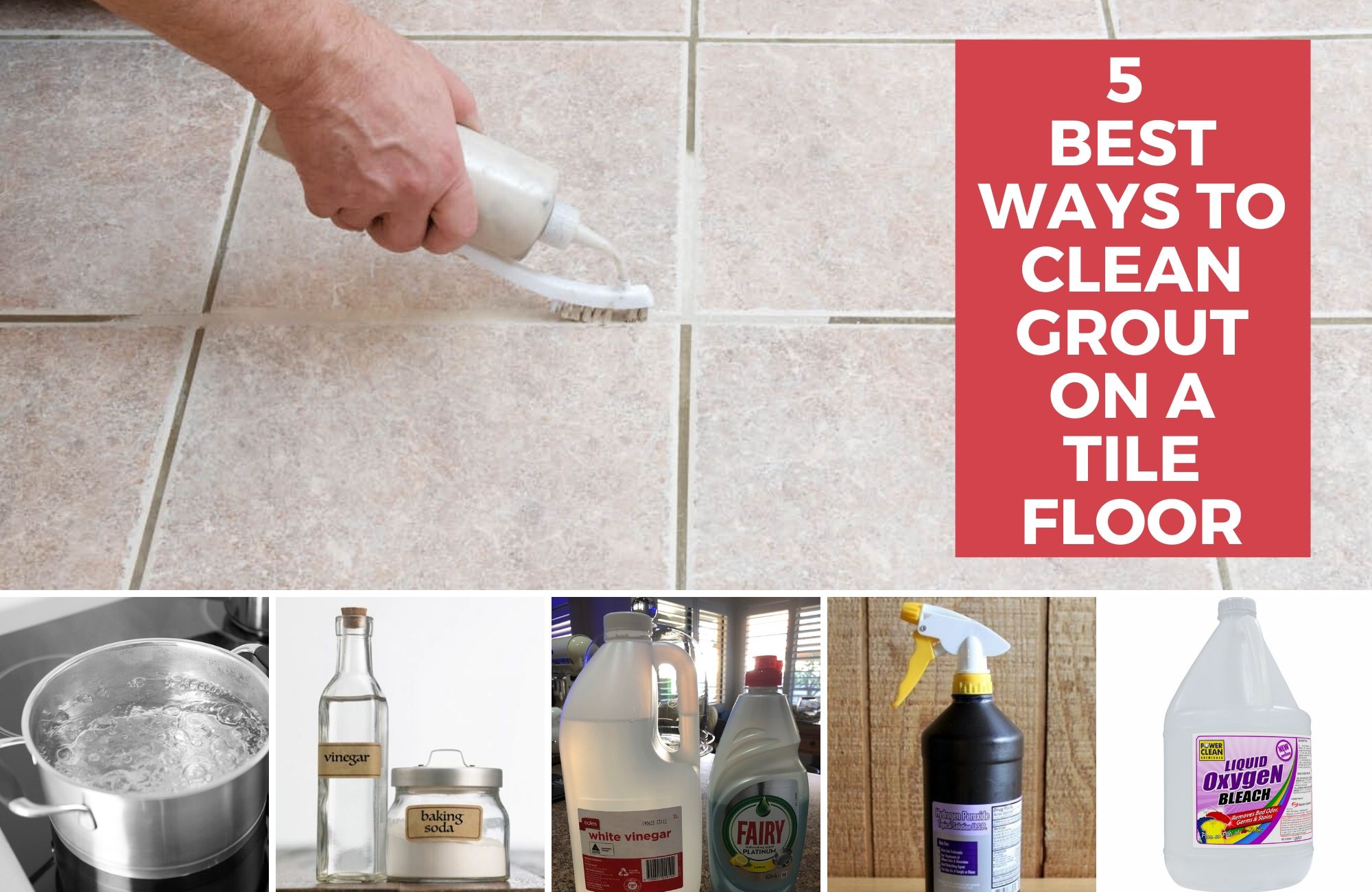

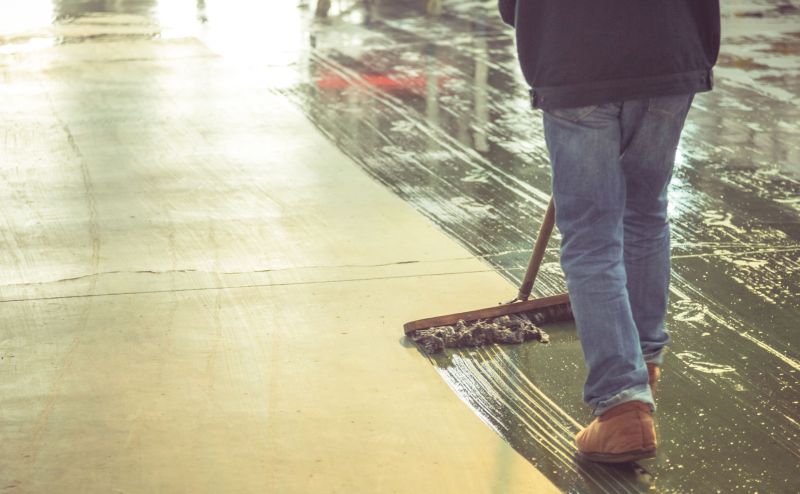

:max_bytes(150000):strip_icc()/How-to-remove-hair-dye-stains-from-clothes-vertical-f553bedb2e194243a048734f094cb9b3.png)



:max_bytes(150000):strip_icc()/How-to-remove-dye-bleeding-stains-2146663_color_rev-0a9a1269a6464f149782815d503b704c.jpg)
